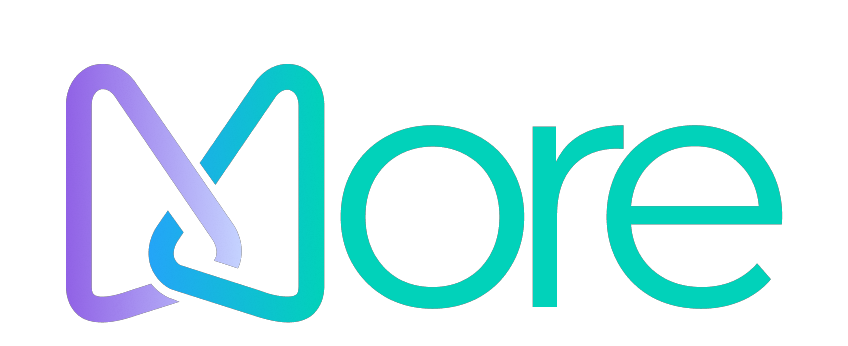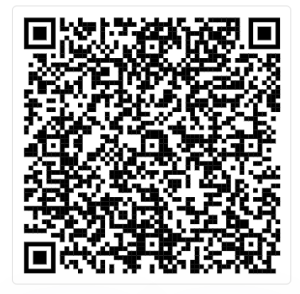Introducere
Performance reviews are an essential tool for employee development, but their effectiveness largely depends on how they are conducted. With structured and clear performance review examples, managers can ensure that feedback is meaningful and actionable. Whether you’re conducting annual reviews, quarterly check-ins, or real-time evaluations, each type of review serves a specific purpose. This article explores different performance review examples and introduces how our app simplifies the feedback process, offering long-term, easy-to-understand metrics that help employees see their progress and contributions clearly.
Performance review examples:
1. Traditional Annual Review Example
The annual performance review remains a popular method in many organizations. It provides an overview of an employee’s achievements and challenges over the past year, helping set long-term goals. Here’s how it typically looks:
- Key Achievements: Highlight the major accomplishments that align with the company’s objectives.
- Areas for Improvement: Identify where the employee could benefit from development.
- Goal-Setting for the Future: Establish goals for the upcoming year that drive career growth and align with company objectives.
Though comprehensive, annual reviews can often feel overwhelming due to the time span they cover, leaving some feedback outdated. Read this for more review examples and templates.
2. Quarterly Review Example
A quarterly review offers more frequent feedback, making it a helpful supplement to the annual review. Its goal is to evaluate recent performance, make real-time adjustments, and set short-term goals:
- Progress Evaluation: Review progress on short-term goals established at the last meeting.
- Feedback on Recent Work: Offer insights on recent projects, emphasizing both successes and areas that need improvement.
- Short-Term Goal Setting: Establish goals for the next quarter, allowing for quick course corrections as necessary.
Quarterly reviews are becoming more common as they keep communication between managers and employees more consistent.
3. Continuous Feedback Example
Continuous feedback is increasingly favored in modern workplaces. Instead of waiting for scheduled reviews, feedback is given regularly and in real-time:
- Real-Time Feedback: Managers provide immediate insights after key tasks or projects are completed, offering actionable feedback on what went well and where improvements are needed.
- Addressing Challenges Promptly: Continuous check-ins help solve problems before they become bigger issues, and ensure employees are always improving.
This form of feedback encourages growth, transparency, and agility, making it ideal for fast-paced environments.
4. Peer Review Example
Peer reviews allow colleagues to provide feedback on each other’s performance. This 360-degree approach gives a broader perspective, especially when collaboration is key:
- Teamwork and Collaboration: Evaluate how effectively the employee works with others.
- Communication Skills: Peer reviews provide insights into an employee’s interpersonal abilities.
- Project Contributions: Peers can offer specific feedback on how the employee contributed to team success.
Peer reviews are useful in fostering a collaborative environment and providing insights that may not be visible to managers.
5. How Our App Simplifies Feedback and Long-Term Metrics
While these performance review examples are valuable, tracking progress over time and simplifying the feedback process can be overwhelming without the right tools. That’s where our app steps in. Here’s how it improves the review process:
- Instant Feedback Delivery: With our app, managers can provide immediate feedback on daily performance, ensuring that small wins are recognized and problems are addressed early. This allows employees to make quick adjustments and continuously improve.
- Visual, Long-Term Metrics: One of the app’s standout features is its ability to present long-term metrics in an easy-to-understand format. Employees can see:
- Personal Performance Over Time: The app displays progress in key areas such as productivity, project completion, and leadership development.
- Team Metrics: By viewing team performance metrics, employees get a clear picture of how their contributions fit into the team’s overall success.
- Departmental and Company-Wide Goals: Our app ties individual performance to broader company objectives, helping employees understand their impact on larger goals.
- Data-Driven Development Plans: Based on the metrics, managers can use the app to create long-term development plans for employees. Whether the focus is on leadership skills, productivity, or collaboration, employees can track their progress and work toward specific targets.
Concluzie
Whether it’s through annual reviews, continuous feedback, or peer evaluations, providing structured feedback is essential for employee growth. The performance review examples highlighted above demonstrate various approaches to performance management. However, managing reviews and tracking long-term progress is made significantly easier with our app. By offering real-time feedback and visually clear, long-term metrics, the app helps employees understand their contributions and continuously improve. This holistic approach to performance management not only increases employee satisfaction but also drives company-wide success.


